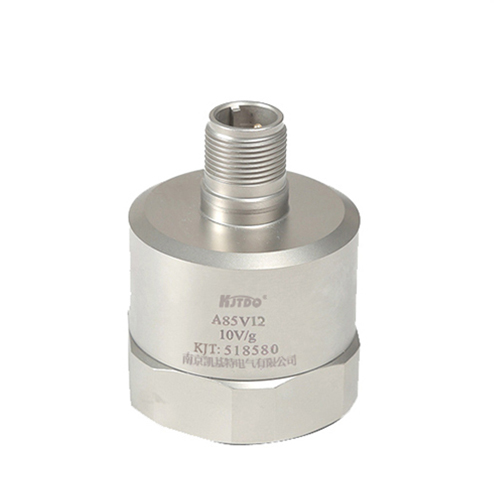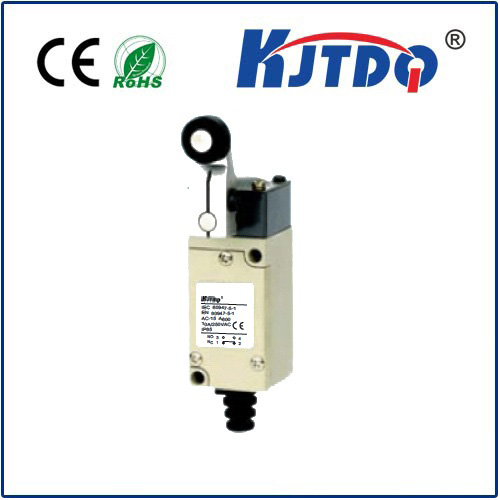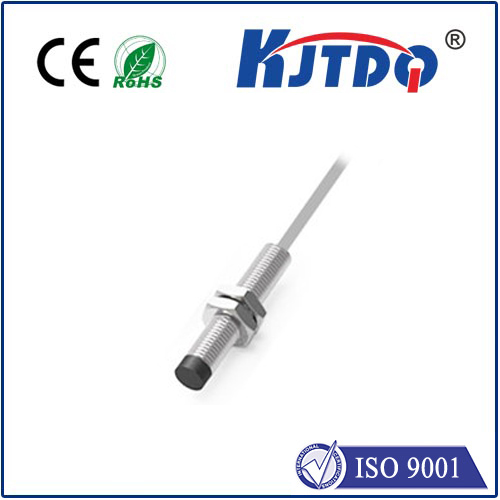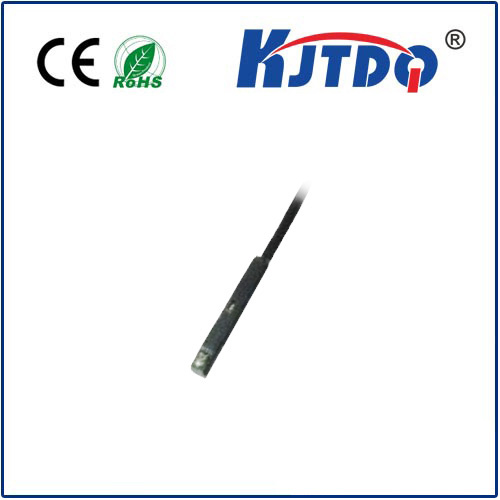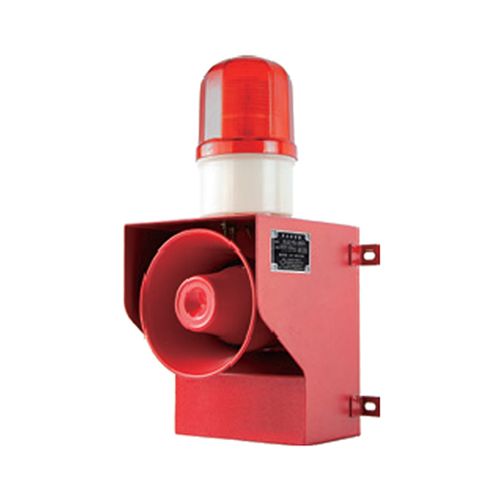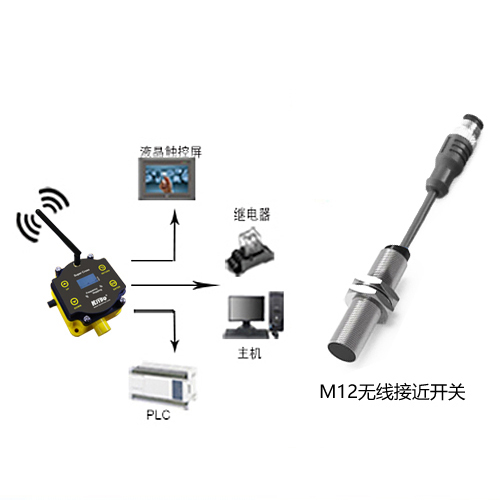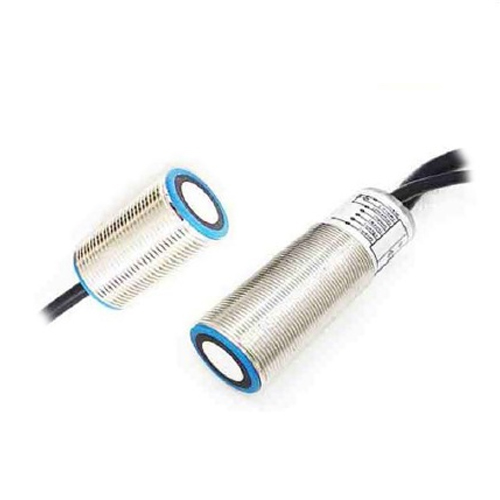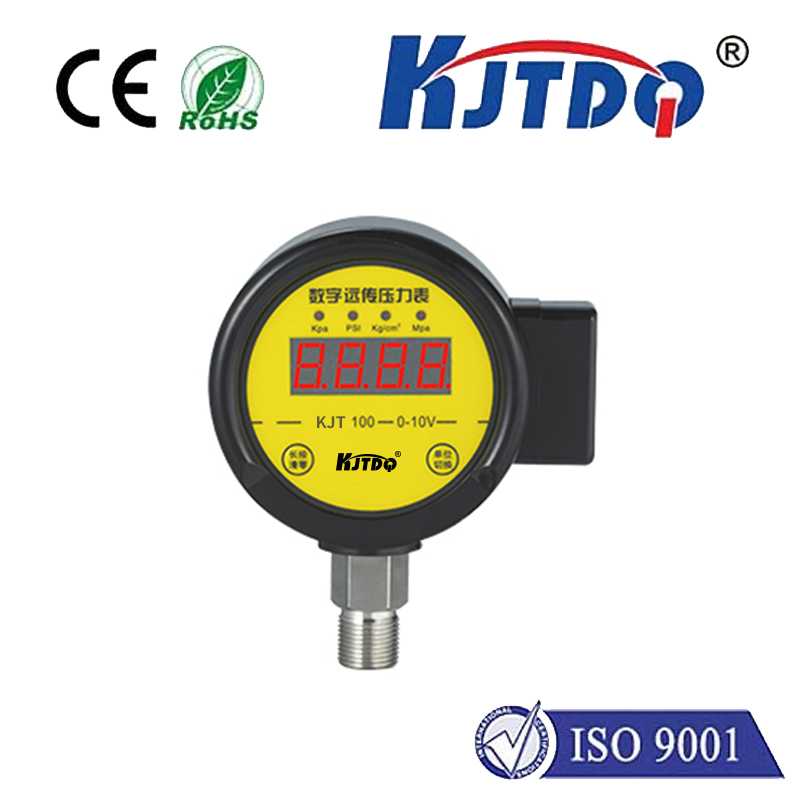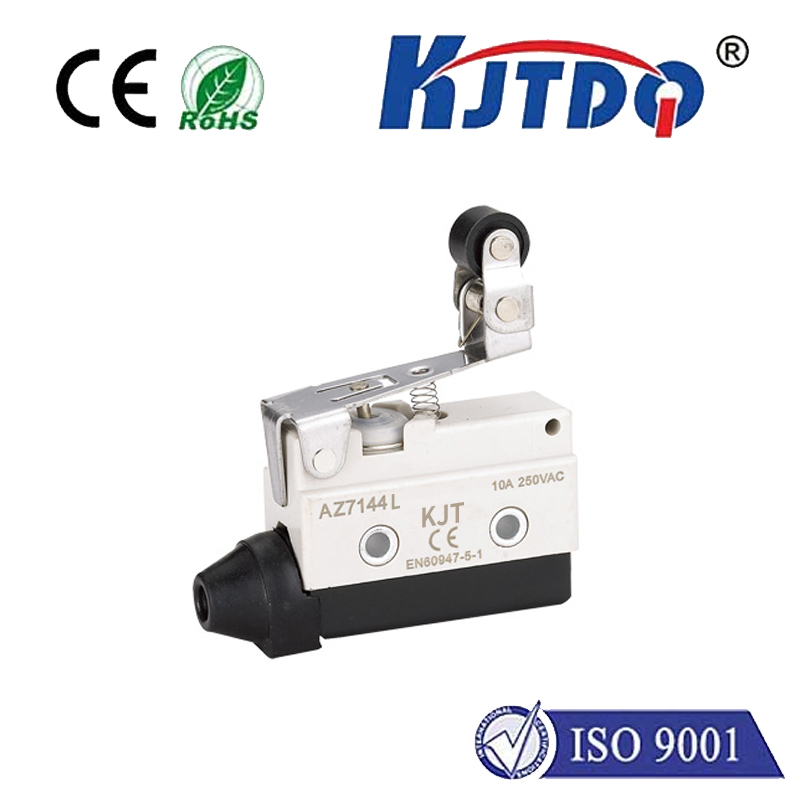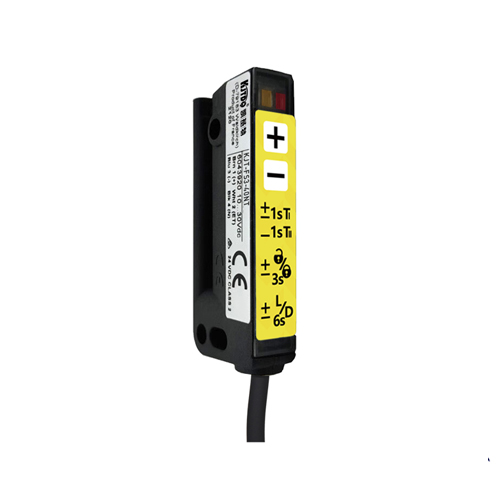BES00AH high pressure proximity sensor
- time:2025-10-09 08:51:28
- Click:0
BES00AH Proximity Sensor: Unlocking Robust Detection in Demanding High-Pressure Environments
Imagine a critical hydraulic press slamming shut, a high-pressure pump driving essential fluids, or heavy machinery operating deep within demanding industrial processes. A sensor failure here isn’t just inconvenient; it can mean catastrophic downtime, safety hazards, and significant financial loss. In these punishing environments where extreme pressure is a constant threat, standard proximity sensors simply won’t cut it. This is where purpose-built solutions like the BES00AH High Pressure Proximity Sensor step into the spotlight, engineered specifically to deliver unwavering reliability where others falter.
Industrial automation thrives on precision and reliability. Sensors form the nervous system, providing vital feedback for control systems. Proximity sensors, detecting the presence or absence of objects without physical contact, are ubiquitous. However, standard inductive proximity sensors, while robust in many applications, possess a critical vulnerability: their sensing face and internal components are susceptible to deformation or catastrophic failure under sustained high external pressure. This vulnerability translates into frequent replacements, unexpected downtime, compromised safety, and escalating maintenance costs in sectors like hydraulics, die casting, deep-sea equipment, or high-pressure testing. The operational environment itself becomes the adversary.
The BES00AH High Pressure Proximity Sensor represents a specialized engineering solution designed explicitly to conquer these challenges. Its very existence is predicated on the need for proximity detection in environments where ambient pressure significantly exceeds standard atmospheric conditions. What sets it apart is its exceptional pressure resistance, a core feature meticulously engineered into its design. Key attributes enabling its high-pressure performance include:

- Reinforced Housing and Sealing: Utilizing robust materials like high-grade stainless steel and employing advanced sealing techniques, the BES00AH forms an impenetrable barrier against external pressure ingress. This ensures the sensitive internal electronics remain protected and uncompromised.
- Pressure-Resistant Sensing Face: The critical front face of the sensor, subjected to direct pressure forces, is reinforced to prevent deformation. This maintains consistent sensing characteristics and prevents mechanical failure.
- Optimized Internal Structure: Internal components are designed and mounted to withstand pressure differentials, eliminating points of weakness where standard sensors would collapse or leak.
Why Robustness in High-Pressure Zones is Non-Negotiable
The consequences of sensor failure in high-pressure industrial settings are far-reaching:
- Safety Risks: Unreliable detection in critical machinery can lead to uncontrolled movements or unsafe operating states, posing severe risks to personnel and equipment.
- Costly Downtime: Replacing a failed sensor in a complex, high-pressure system often requires depressurization, disassembly, and recalibration – processes that halt production for extended periods.
- Reduced Process Reliability: Fluctuating or erroneous detection signals compromise the accuracy and consistency of automated processes, impacting product quality and throughput.
- Increased Maintenance Burden: Frequent sensor replacements drive up maintenance costs and consume valuable engineering resources.
The BES00AH directly confronts these issues by providing a consistently reliable sensing solution, drastically reducing failure rates and associated operational headaches.
Key Features and Capabilities of the BES00AH
Beyond its core pressure resistance, the BES00AH incorporates features essential for seamless integration and high performance in demanding applications:
- Inductive Sensing Principle: Detects metallic targets reliably without contact, making it ideal for monitoring pistons, cylinders, valves, or machine components within pressurized zones.
- Long Sensing Ranges: Offers substantial detection distances compared to typical high-pressure sensors, allowing for flexible mounting and easier integration into existing machinery.
- Robust Electrical Outputs: Available in industry-standard configurations (typically PNP or NPN switching outputs), ensuring compatibility with common PLCs and control systems.
- High Degree of Protection: Often rated to IP67 or higher (e.g., IP69K), providing excellent resistance against dust, moisture, and high-pressure washdowns – common companions to high-pressure environments.
- Temperature Resilience: Designed to operate reliably across wide industrial temperature ranges, ensuring performance stability in hot or cold high-pressure processes.
- EMC Immunity: Engineered to resist electromagnetic interference, a crucial factor for stable operation in electrically noisy industrial settings.
Where the BES00AH Makes a Critical Difference
This sensor isn’t a niche product; it’s an essential component across numerous industries where pressure is a defining factor:
- Hydraulic Systems: Monitoring cylinder end positions, valve actuation, or pressure line states within powerful hydraulic circuits where pressures routinely reach hundreds or thousands of PSI/bar.
- Die Casting and Metal Forming: Detecting mold closure, ejector positions, or ram movements in presses operating under immense tonnage and hydraulic pressure.
- Offshore and Subsea Applications: Providing reliable position feedback on valves, actuators, or equipment modules deployed underwater, where ambient pressure increases dramatically with depth.
- High-Pressure Testing Rigs: Monitoring fixtures, clamps, or test sample positions within chambers designed for extreme pressure testing (e.g., aerospace, oil & gas).
- Heavy Industrial Machinery: Position sensing within large presses, compactors, or injection molding machines where robust hydraulic systems generate significant pressures.
- Chemical and Process Industries: Detecting valve states or component positions within pipelines or vessels operating at elevated pressures.
The Tangible Benefits of Choosing High-Pressure Optimized Sensors
Selecting a sensor like the BES00AH isn’t merely about solving an immediate pressure problem; it’s about investing in long-term operational stability and efficiency:
- Maximized Uptime: Dramatically reduced sensor failures mean fewer production interruptions and higher overall equipment effectiveness (OEE).
- Lower Total Cost of Ownership (TCO): While the initial investment might be higher than a standard sensor, the savings from drastically reduced replacements, minimized downtime, and lower maintenance labor costs quickly offset it.
- Enhanced Process Consistency: Reliable detection translates directly into more stable and predictable automated processes, improving product quality and yield.
- Improved Safety: Guaranteed sensor operation in critical monitoring points contributes significantly to overall machine and personnel safety.
- Simplified Maintenance Planning: Predictable, extended sensor lifetimes allow for proactive maintenance scheduling, eliminating the scramble of unexpected breakdowns.
- Design Flexibility: Engineers can confidently place sensors directly within high-pressure zones, optimizing machine design and performance without fearing premature sensor failure.
In the relentless world of high-pressure industrial applications, sensor reliability is paramount. The BES00AH High Pressure Proximity Sensor stands as a proven workhorse, engineered from the ground up to thrive where standard sensors cannot. By integrating specialized pressure-resistant construction with robust inductive sensing performance, it delivers the unwavering reliability, operational stability, and long-term cost savings that modern, demanding industrial processes require. Choosing the right tool for the environment isn’t just good practice; it’s fundamental to achieving peak performance and safeguarding critical operations against the immense forces they generate. When pressures rise, your proximity sensor shouldn’t be the weakest link.






